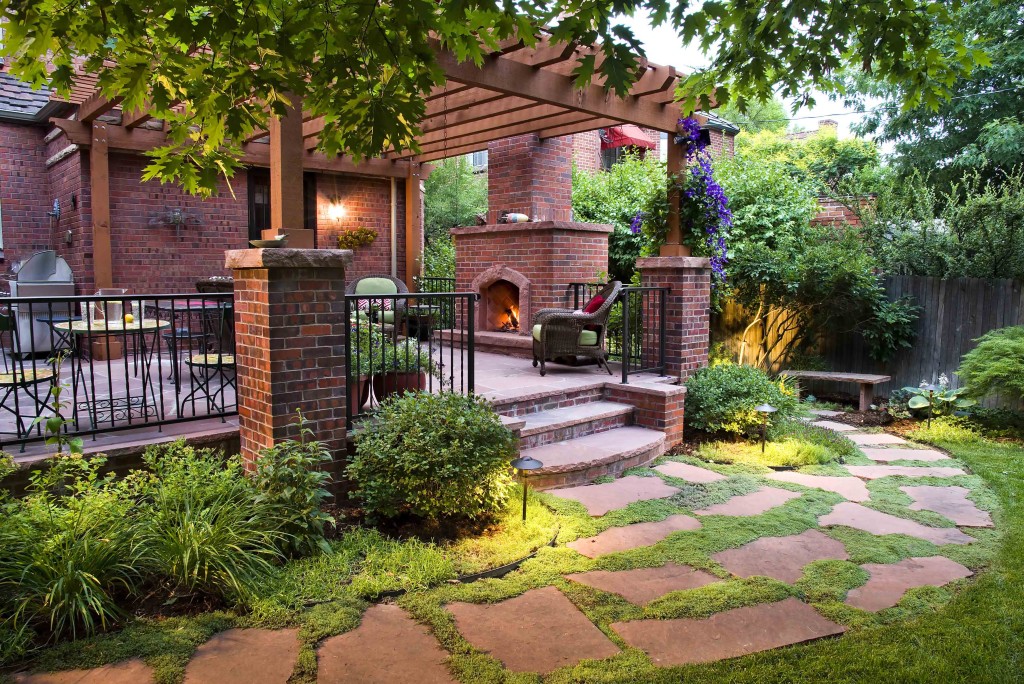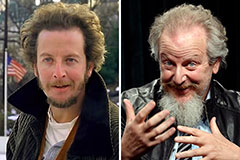Rumored Buzz on Hilton Head Landscapes
Table of ContentsThe 10-Second Trick For Hilton Head LandscapesWhat Does Hilton Head Landscapes Mean?Indicators on Hilton Head Landscapes You Need To KnowHilton Head Landscapes for BeginnersThe Buzz on Hilton Head LandscapesThe smart Trick of Hilton Head Landscapes That Nobody is Talking AboutGetting My Hilton Head Landscapes To WorkFascination About Hilton Head Landscapes
Kind compatibility is additionally a significant part of unity in designone or 2 noticeably different types benefit comparison and focus, however typically all various other kinds should have some similarities for a linked appearance. Structure refers to how crude or great the surface area of the plant or hardscape product feels and/or looks.
Examples of plants with coarse texture consist of philodendrons, agaves, bromeliads, hollies, palms, and hydrangeas. Characteristics that develop fine appearance include small foliage; slim, strappy fallen leaves (yards) or tall, thin stems; little, dense branches and little branches; long stems (vines); and tiny, delicate blossoms.
More About Hilton Head Landscapes
Many plants are moderate texture, because they can not be defined as having either coarse or great structure. They are identified by medium-sized leaves with basic forms and smooth edges. The average-sized branches are not largely spaced nor widely spaced, and the general kind is commonly rounded or mounding. Medium-textured plants act as a history to web link and combine the rugged- and fine-textured plants.

To make an area feel smaller, place the crude structures along the external boundary and the great textures closest to the viewer. The information of the coarse structure makes the plants appear closer and makes the area feel smaller. The regarded structure of plants can likewise alter with the range from the plant.
The 9-Minute Rule for Hilton Head Landscapes
Strong shades boost the contrast and make the structure show up coarser, while soft shades can squash texture. Hardscape with a rugged texturesuch as extremely harsh rocks and bold, big timberstends to make all plant product appear more average textured. Designers frequently establish a structure research study (Number 8) on paper to help make a decision the setup of plant products.
Shade in plant product and hardscape adds rate of interest and range to the landscape. Color is the most obvious component in the landscape and is generally the focus of a lot of house owners; nevertheless, it is also the most short-term element, usually lasting only a few weeks a year for specific plants.
Top Guidelines Of Hilton Head Landscapes
A basic summary of the color wheel includes the 3 primaries of red, blue, and yellow; the 3 additional shades (a mix of two primaries) of environment-friendly, orange, and violet; and 6 tertiary colors (a mix of one surrounding primary and second color), such as red-orange. Shade theory clarifies the connection of shades to every various other and exactly how they need to be utilized in a make-up.

Similar (in some cases called unified) shade schemes are any three to five colors that are nearby on the shade wheel, such as red, red-orange, orange, yellow-orange, and yellow, or blue, blue-violet, and violet (landscape design hilton head). The colors relate to every various other since they typically include 2 primaries blended to create a second and 2 tertiary shades, which indicates they share typical residential or commercial properties
They often tend to have high comparison between them. One of the most usual collections are violet and yellow, red and environment-friendly, and blue and orange. Complementary colors are typically found naturally in flowers; a common set is yellow and violet. Shade is located in the flowers, foliage, bark, and fruit of plants.
Fascination About Hilton Head Landscapes
Environment-friendly foliage in all its different shades is the dominant shade by quantity, yet other colors capture attention quicker since of their high comparison to the color eco-friendly. Shade is additionally discovered in structures, rocks, pavers, wood, and furniture. The majority of colors in all-natural products, such as stone and timber, are usually soft and tend to be variants of brownish, tan, and pale yellow.
Shades have properties that can affect emotions, spatial perception, light top quality, equilibrium, and focus. Trendy shades have a tendency to be soothing and ought to be used in areas for leisure and tranquility.
The Definitive Guide to Hilton Head Landscapes
The "temperature" of shades can likewise affect the perception of distance. Awesome shades have a tendency to recede and are regarded as being farther away, making a space really feel larger. Cozy colors often tend to development and are perceived as being more detailed, making an area really feel smaller. Shade can likewise be made use of to catch focus and direct sights.
For example, brilliant yellow, which has the highest intensity, additionally has a high contrast with all various other shades (commonly defined as a "pop" of color) and need to be conserved. A little quantity of extreme color has as much aesthetic weight as a large quantity of an extra controlled or weaker color.
Similar (occasionally called harmonious) color plans are any kind of 3 to 5 shades that are adjacent on the shade wheel, such as red, red-orange, orange, yellow-orange, and yellow, or blue, blue-violet, and violet. The colors relate per other due to the fact that they normally consist of two primaries mixed to develop a secondary and 2 tertiary shades, which means they share common residential or commercial properties.
The 7-Minute Rule for Hilton Head Landscapes
They have a tendency to have high contrast in between them. One of the most typical sets are violet and yellow, red and green, and blue and orange. Complementary shades are usually located normally in flowers; a typical pair is yellow and violet. Shade is discovered in the flowers, foliage, bark, and fruit of plants.
Environment-friendly vegetation in all its numerous tones is the dominant shade by amount, however other shades catch attention quicker as a result of their high comparison to the color environment-friendly - hilton head landscapers - https://h1tnhdlndscps.blog.ss-blog.jp/2024-07-03?1720010270. Shade is also located in buildings, rocks, pavers, wood, and furniture. The majority of colors in all-natural materials, such as rock and wood, are generally low-key and have a tendency to be variations of brownish, tan, and light yellow
Not known Incorrect Statements About Hilton Head Landscapes
Colors have properties that can affect emotions, spatial perception, light high quality, balance, and focus. Trendy shades often tend to be relaxing and should be used in areas for relaxation and serenity.
Awesome colors often tend to recede and are perceived as being farther away, making additional hints an area really feel bigger. Shade can also be utilized to catch attention and straight sights - https://www.easel.ly/browserEasel/14491654.
For example, bright yellow, which has the greatest intensity, also has a high comparison with all various other shades (commonly called a "pop" of color) and should be made use of moderately. A tiny quantity of extreme shade has as much visual weight as a huge amount of an extra restrained or weaker color.
 Emilio Estevez Then & Now!
Emilio Estevez Then & Now! Daniel Stern Then & Now!
Daniel Stern Then & Now! Michael Jordan Then & Now!
Michael Jordan Then & Now! Danica McKellar Then & Now!
Danica McKellar Then & Now! Sarah Michelle Gellar Then & Now!
Sarah Michelle Gellar Then & Now!